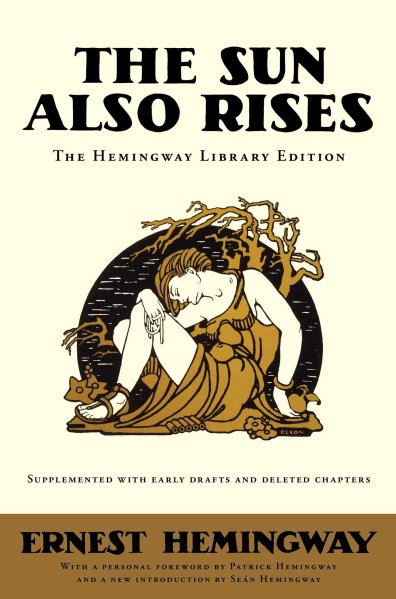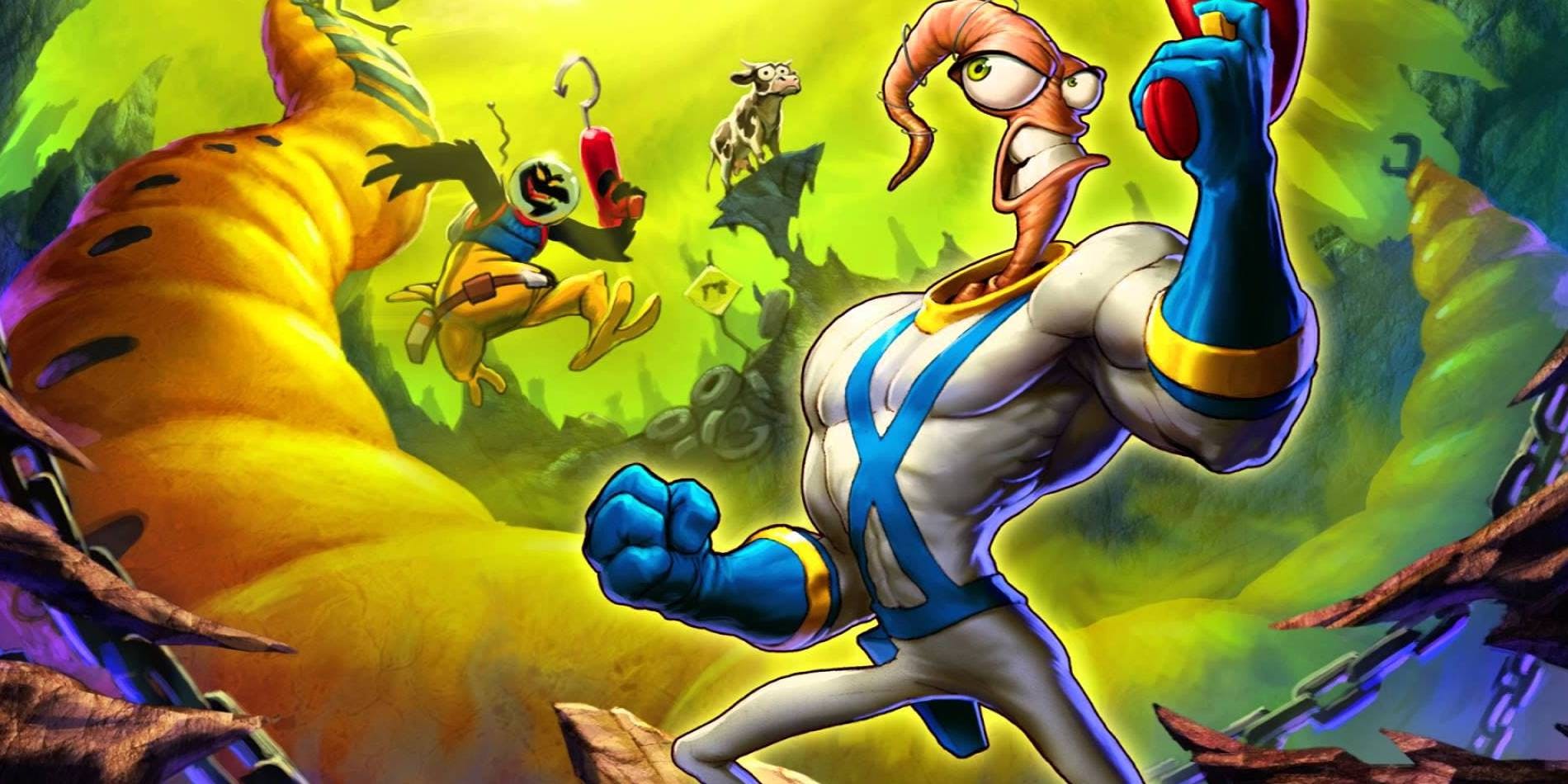I don’t only play video games during my spare time. Well … OK, I do. Almost exclusively. I was beginning to feel a bit bad about just how much video games dominated my life. Don’t get me wrong, I love them! But surely getting into some other hobbies would be good for me.
I decided I’d read more. Despite writing for a living and studying English-related fields in college, I don’t read much these days. That’s partly because I’ve always felt some strange obligation to dive into genre stuff, but I end up disliking most of the sci-fi and fantasy books I read. Even acclaimed ones like The Name of Wind have me rolling my eyes as I slog my way through them.
So, this time, I decided to instead focus on reading the classics. There are a lot of famous books and authors I haven’t ready. I decided to start with Ernest Hemingway and his debut novel, The Sun Also Rises, the story of an American, bullfighting-loving journalist living in France in the ’20s. Surprise, turns out its great! But while I learned a lot about “The Lost Generation” by reading Hemingway’s classic, I also learned something about retro gaming. Rather, I learned why I love it so much. And I think I can now better put that appreciation into words.

Above: The Sun Also Rises cover.
Hemingway published The Sun Also Rises in 1926. The novel has tons of ’20s jargon that I was unfamiliar with. If a character is drunk, Hemingway or his characters describe them as “tight.” That’s a use of the word I never heard before, and I found similar lingo throughout the book.
June 5th: The AI Audit in NYC
Join us next week in NYC to engage with top executive leaders, delving into strategies for auditing AI models to ensure fairness, optimal performance, and ethical compliance across diverse organizations. Secure your attendance for this exclusive invite-only event.
But coming across unfamiliar words or new uses of them did not diminish my enjoyment of the novel. Sure, it required a little more effort from my part. I had to look up definitions and reread sentences. But that language helped transport me back to the time of that story. Remember, The Sun Also Rises was not a period piece when debuted in 1926. But when that story takes place, just a decade after the first World War, is central to understanding its narrative and themes.
The same is true for retro games. Old graphics won’t hold up. Characters that once seemed relevant, like Earthworm Jim (I hope I’m the first person in history to write a story that references Ernest Hemingway and Earthworm Jim), become relics. But that makes those experiences more enjoyable, even if it requires a bit more work from the player
Continuing with the Earthworm Jim example, playing that 1994 side-scroller infuses me with the ’90s. Its “too cool” attitude, violent and irreverent humor, and over-the-top character were everywhere in that era. But even the game’s design is a product of its time. Earthworm Jim’s use of bonus stages, large arsenal of weapons, and abundance of level gimmicks were all inspired by the shooters and platformers of its time.

Above: Earthworm Jim could only have come from ’90s.
I always feared that nostalgia colored my admiration for these dated aspects. But reading The Sun Also Rises showed me that I can appreciate the way art dates itself even if it’s from a period I never lived in. Gaming is a much newer medium than novels. I was born in 1986, so I haven’t played many titles that are older than me. But if I do play something from before my time, like an Atari 2600 game, I can appreciate its old ways. I find charm in its blocky graphics, lack of background music, and score-based gameplay.
I hope that younger gamers will feel the same way when they play the original Sonic the Hedgehog or Super Metroid, that they won’t sneer at it because it doesn’t look or play like Fortnite (that’s what all the cool kids these days like, you see). I hope they try to appreciate it. But just as not everyone will read or enjoy Hemingway, I don’t expect an entire generation to fall in love with 8-bit and 16-bit gaming. But enough of them will.
I’m not trying to throw rocks at remasters and remakes. I understand the novelty of seeing an older game look shiny and new. I loved the recent Crash Bandicoot and Shadow of the Colossus remakes. But years from, am I really going to go back to those when I want to play those games again? No, I’m going to go back to the originals, so I can better understand and appreciate the environment that produced them.
Just look at Super Mario All-Stars for the Super Nintendo. It updated the graphics for the original Mario games from the NES. We all thought it was awesome at the time. Those versions are still fine to play, just like it’s fine and even novel to read a Shakespeare play written with modern dialogue. But I’d prefer to experience the originals any day.
So I no longer worry about any era of gaming becoming too dated. Or, rather, I don’t worry about that dating being a bad thing. Like a good Hemingway novel, games are a product of their time, and that makes them all the more rich.
I’m going to read Hemingway’s A Farewell to Arms next. If it inspires any revelations about the meaning of Ecco the Dolphin or something, I’ll let you know.
The RetroBeat is a weekly column that looks at gaming’s past, diving into classics, new retro titles, or looking at how old favorites — and their design techniques — inspire today’s market and experiences. If you have any retro-themed projects or scoops you’d like to send my way, please contact me.


